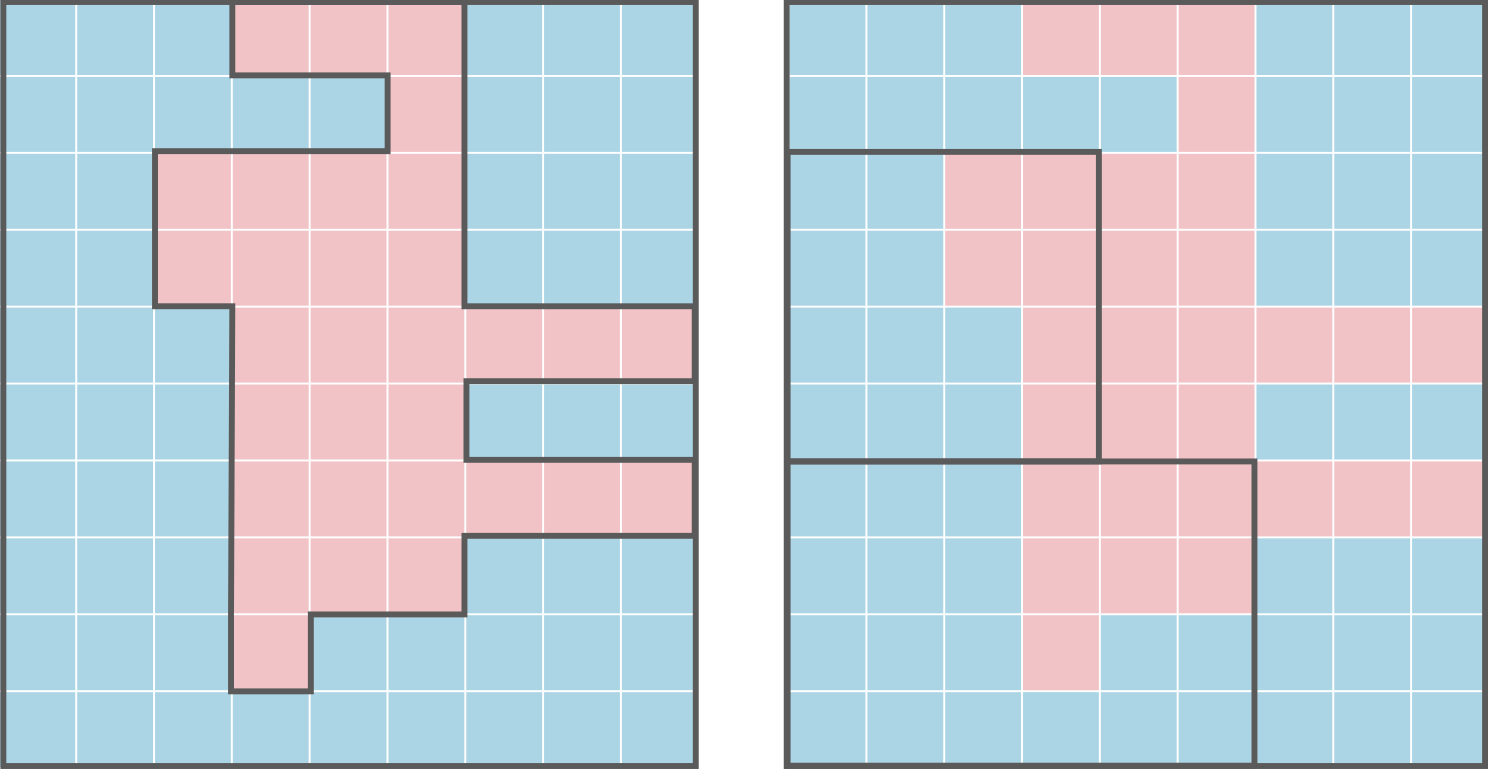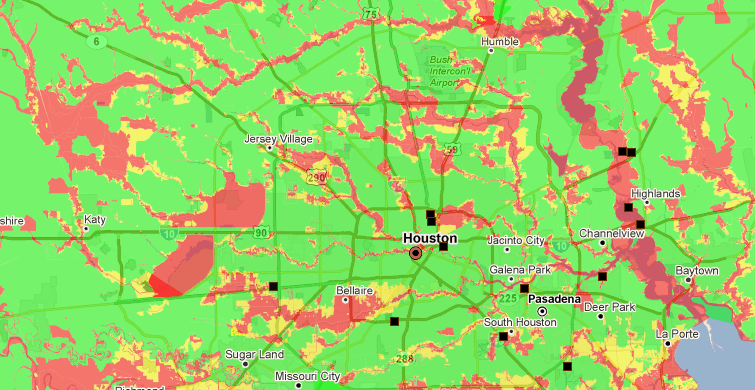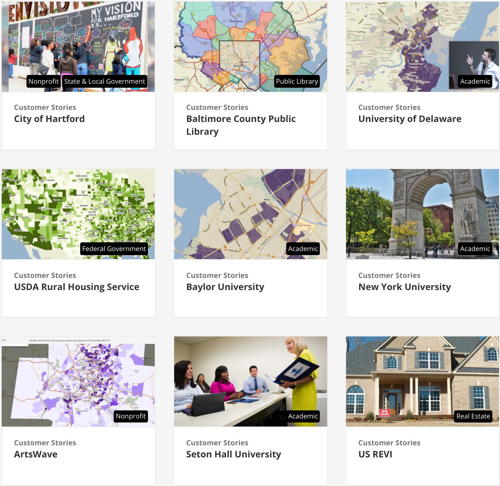October Data News

Using Data to Create Opportunity for All
Working with a number of technical partners including PolicyMap, Enterprise Community Partners recently launched an innovative platform called Opportunity360 to make the case that our most pressing challenges related to the economy, housing, education, health, transportation and social dynamics, are interconnected.
Opportunity360 assesses the strengths and weaknesses of a community to understand where to target investments, and the cross-sector collaboration needed among businesses, government agencies, nonprofits, and community residents. The measurement report provides data at the census tract level using data from PolicyMap, a series of other proprietary data sources and residents.
PolicyMap Expertise Featured in CityLab
Following a two part series on PolicyMap’s Mapchats blog by Lauren Payne-Riley on the causes of and solutions to Gerrymandering, PolicyMap’s knowledge of data and mapping was featured in an article on the website CityLab titled “Can Data Defeat Gerrymandering?” The article refers to our posts, and has a quote from Senior Data Analyst Bernie Langer on how technology is exacerbating the issue.
Superfund Sites and High-Risk Flood Zones
Hurricane Harvey flooded toxic Superfund sites in Houston. Using EPA Superfund data and FEMA flood map data, we can see other sites (and surrounding communities) that are at risk.
PolicyMap Customer Stories
Check out the new PolicyMap Gallery for snapshots of customer stories from universities, government agencies, non-profits and more. Also gain greater context about the data you use on PolicyMap with our blog highlights.
Other New and Updated Data on PolicyMap
Demographics
- Update: Supplemental Security Income Recipients, 2016, Social Security Administration
Lending
- Update: Bank Failures, 2017, Federal Deposit Insurance Corporation
Quality of Life
- Update: Libraries, 2015, Institute of Museum and Library Services
Economy
- Update: Quarterly Census of Employment and Wages, 2016, Bureau of Labor Statistics
- Update: Unemployment, August 2017, Bureau of Labor Statistics
Health
- Update: Mortality, 2015, Centers for Disease Control and Prevention
- Update: Medically Underserved Areas, 2017, Health Resources and Services Administration
Federal Guidelines
- Update: Hurricane Disaster Declarations, 2017, Federal Emergency Management Agency
- Update: Qualified Census Tracts and Difficult Development Areas, 2018, U.S. Department of Housing and Urban Development



